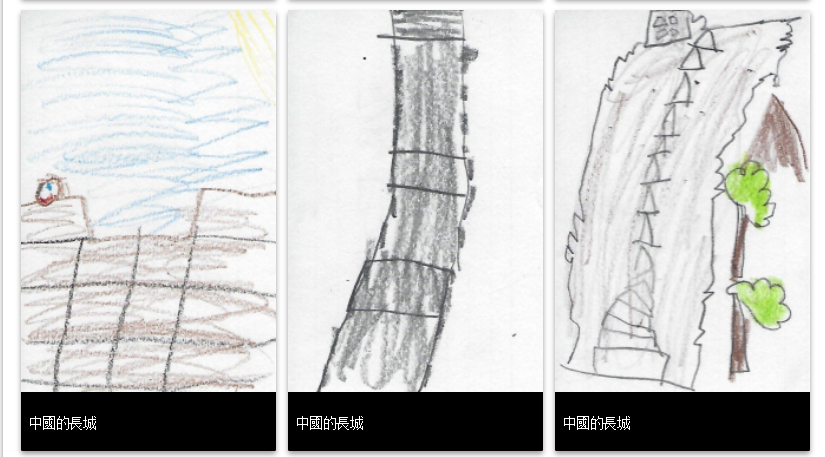Summary
Students combine our citizenship unit, graphing unit, and library resource time to self-generate ideas based on data collection from a broad range of resources. Students create questions based on interest of each Famous American and locate key information about that individual. In cooperative groups based on student determined interest, they discuss methods of research such as using internet websites, blogs, books, encyclopedias, and prior knowledge. The cooperative groups determine the method of self-created presentations including brochures, posters, keynotes, videos, Comic Life, puppet shows, Pixie, plays, and commercials. Students determine how to classify information and share it, making choices based on interest and located information. The rubric assesses each presentation and self/group evaluations are completed by students. Students vote on who they most admire and create a people poster representing their choice. Blog discussions help determine who was most admirable. Students share projects and information with their class, community, and globally on our grade level blogs including a school wide parade to showcase each Famous American. This encourages younger students to question the Famous Americans and encourages older students to reflect on the Famous Americans studied in 2nd grade. Students graph the Famous American choices through self-directed groups, share the results in group-directed choices, and respond to why certain Famous Americans were the most admired. Students and families share the blog posts getting a variety of reponses channeling local, state, country, and abroad contributors, focusing on locating famous people from other countries for a future enrichment activity.
TIPC Ratings
Teachers facilitate all classroom discussions based on data collection (including researching how to locate information and graph) students determine, student directed ways to locate information, why this information relates to citizenship, their daily life in society, and how to share the results. Students take collected information and decide how to organize it appropriate to their interests to relate to their own customs, traditions, and life in the 21st century as we know it today. Students determine how to collect and share this information with our community.
Teachers are facilitating discussions based around student directed ideas and conversations related directly to their own customs, traditions, and life comparing it on a global level with other other comments on famous people in different countries. Teachers show students how the blog works and encourage students to post comments and find other individuals to post comments related to our goal. Students determine appropriate digital tools (computer, Promethean Board, videos, internet, blog) to formulate results and share data. They evaluate their research, information, and publishing methods with a rubric determing how they change their project in the future for growth and further understanding.
Teachers assess student driven data collection and student driven tasks based on a rubric. The data collection of information and key facts allows students to take information and determine how it can be categorized and classified based on their inquiry and evaluations. Student generated questions, data collection, graphing, and presenting offered various opportunities for problem solving and critical thinking. Students determined what data to collect, how to collect it, and how to correlate to our citizenship unit. They reflect on their questioning methods, choices for data collection, and digital tools to share information globally.
Teachers AND students were actively engaged in all aspetcs of this lesson. Students created innovative ways to share information while discussing the use of digital and print tools to collect and share this information. Students used self-generated prior knowledge of their own customs, traditions, and diversity while incorporating a global perspective on how others view famous people. Students took risks while determining data to be collected, as well as categorizing information based on their own interests with the results. Both teachers and students reflected on how this process could be used for future data collection based on interest and curriculum of 2nd grade.
Student Artifact






